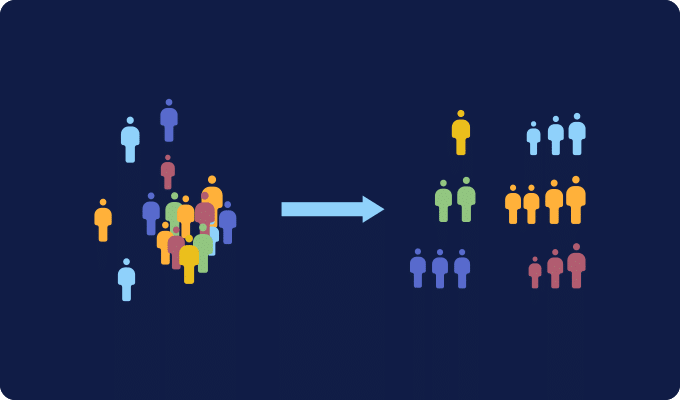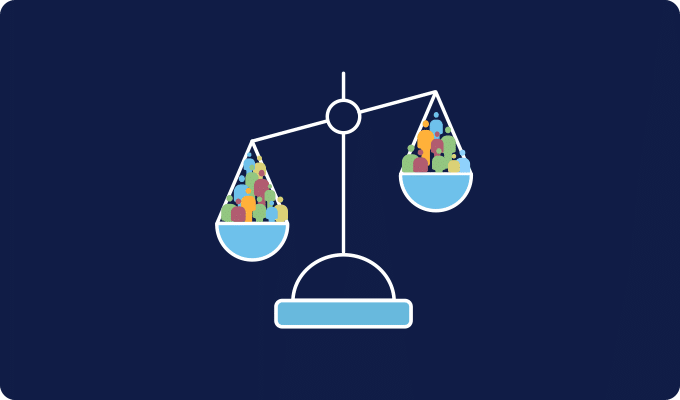What Does Measurement Really Mean?
Measurement in digital advertising is often misunderstood. Many equate it with attribution—identifying which touchpoints led to conversions—but in reality, it’s much broader. Measurement is the foundation for smarter campaign planning, optimization, and evaluation.
Rather than a singular concept, measurement is an umbrella term covering multiple functions:
- ✅ Understanding your audience
- ✅ Tracking campaign performance
- ✅ Measuring engagement and behavior
- ✅ Assessing business impact
- ✅ Evaluating brand perception
- ✅ Comparing performance to competitors
Each type of measurement plays a unique role in ensuring that ad spend is effective and aligned with business objectives. Over the next few posts, we’ll explore these key categories in detail, outlining their use cases, benefits, and potential limitations.
➜ First up: Measuring Audience ?

Audience Measurement – Are Your Ads Reaching the Right People?
Why Audience Measurement Matters
Before launching any campaign, you need to know who you’re targeting and whether your ads are reaching the right people. Audience measurement helps advertisers align their strategies with real audience characteristics rather than assumptions.
Key Measurement Types:
- Audience Measurement – Profiles the demographics and psychographics of people exposed to ads.
- Providers: Digiseg, Nielsen DAR, Comscore.
- Reach & Frequency Measurement – Quantifies how many unique users see an ad and how often.
- Providers: DSPs (The Trade Desk, Adform, Xandr), Nielsen DAR.
- Cross-Device Measurement – Tracks audience behavior across devices to build a cohesive view.
Why It Matters:
Audience measurement is crucial throughout a campaign, guiding media planning, budget allocation, and creative development to align messaging with the real audience. It minimizes waste and prevents costly misalignment by providing insights before launch. During the campaign, it ensures ads reach the right segments and allows for real-time adjustments.
What to Be Aware Of:
While audience measurement is valuable, it relies on data sources that can vary in accuracy, especially in a privacy-focused environment. Panel-based measurement is outdated for real-time adjustments, while deterministic data often faces scaling challenges. Additionally, cross-device tracking is increasingly difficult due to cookie deprecation and evolving privacy regulations. As measurement methods evolve, advertisers are turning to alternative approaches to maintain accurate audience insights. Recent analysis explores how these shifts are impacting audience measurement and the industry’s response.
See how Digiseg Does Audience Measurement
Check out our Insights Platform for next generation audience measurement. Using seed data from national statistics office gives you reach and solves the privacy conundrum that panel based measurement suffers under. Get started measuring your audience today!
? Up Next: Understanding your audience is just the start—how do you measure whether your campaign is actually working? That’s next: Performance Metrics. Watch your inbox!
